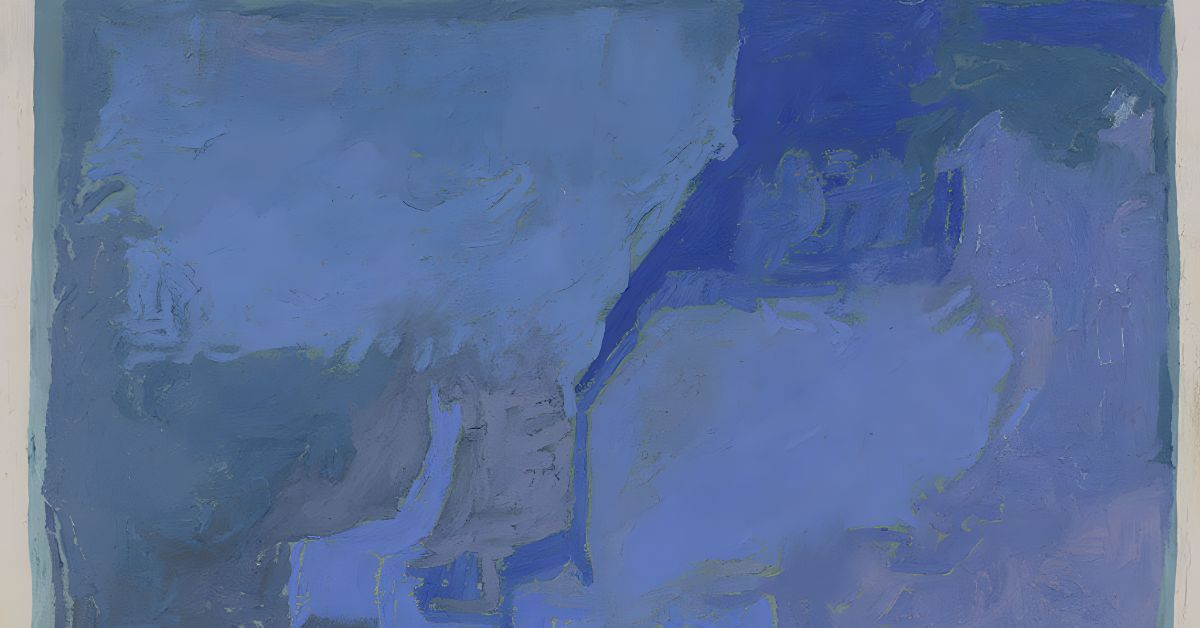Abstract art is one of the most engaging and memorable concepts in the art world. The idea of using broader ideas and conveying them through colors and shapes in a less literal fashion continues to grow. Abstract Expressionism is a unique subset of this field with deep roots in New York City. This style focuses on expressing spontaneous ideas, exploring raw emotions, and breaking away from artistic conventions, even those found in other abstract fields.
Wonderwall Studio is here with an overview of the movement of Abstract Expressionism. We aim to explore where it came from, how it grew, and what major names contributed to it.
The Emergence of Abstract Expressionism
Abstract Expressionism represents a defining chapter in the history of modern art. It came out of New York City in the mid-20th century and stood out as a departure from a lot of artistic conventions of the era. Up against the cultural background of post-World War II, Abstract Expressionism stood out as a unique exploration of non-representation art that aimed to capture emotions, raise questions, and explore the human subconscious. It was as much a response to the sociopolitical turbulence of the era as it was an expression of the artists’ personal visions and struggles.
Artists were able to turn this movement inward by embracing abstraction to explore deeper truths and using distinct gestures to focus on new ideas. Abstract Expressionism focused on evoking emotional or intellectual responses rather than conveying a specific subject material. It created a sense of freedom and introspection that many people consider a fundamental part of the movement.
The Influence of New York as an Artistic Hub
New York City was the cultural capital that this movement needed to emerge from, grow, and spread. There was already an influx of European artists and intellectuals seeking new lives after fleeing the war, so the city’s creative scene started expanding in new ways. People brought ideas that challenged the traditional hierarchies of art and created a space for dialogue and new ideas.
America itself utilized Abstract Expressionism as a symbol of its own cultural independence. Rather than adhering to the rules and traditions of art from Europe, the movement allowed America to bring its own ideas of culture to the table. The cultural shift came from many artistic communities within New York like Greenwich Village and the Tenth Street galleries, giving artists a chance to share their work.

The Principles Underpinning Abstract Expressionism
One of the most appealing aspects of Abstract Expressionism is that there wasn’t a single doctrine or style that defined what it was. Artists could explore their own ideas and express their spontaneity and individualism to capture a sense of their internal state. If Abstract Expressionism did have a defining rule, it was to create from your sense of intuition rather than working from a deliberate plan.
Themes such as freedom, alienation, introspection, and chaos permeated these works. While some artists explored these themes through dynamic, dripping paint on monumental canvases, others turned to more structured yet no less profound modes of abstraction. There was a wide range of approaches that created a distinct sense of authenticity and a disregard for preconceived art standards.
The Sublime in Color Field Painting
Color field painting was a popular aspect of Abstract Expressionism that emphasized an ample use of color to create an emotional or intellectual response. Artists like Mark Rothko and Barnett Newman were early adopters of this sub-movement and created pieces that utilized a sense of simplicity and depth rather than the more common illusion of movement and action.
Some of Rothko’s most monumental paintings featured rectangular blocks of color. These pieces helped the viewer see things with an almost ethereal sense of scope. The technique suggested the idea of transcendence and had a meditative effect that it made it easy for everyone, from the highest art critics to the average person, to have their own experiences.
Color field painting aided abstraction by proving that you could carry immense power with a sense of stillness and how the right use of color could evoke an emotional response.
Key Figures in the Movement
When discussing the movement of Abstract Expressionism, it’s important to consider the prominent figures who helped shape it. Many people consider Jackson Pollock the face of the entire movement through his revolutionary pieces and iconic drip paintings that explored alternative uses of medium and space. His work broke so many modern conventions by creating something enjoyable in what seemed like uninhibited chaos.
As we previously discussed, Mark Rothko had an approach that used color and form to explore emotional dimensions. Alternatively, Franz Kline used mostly black and white to emphasize the power of lines over shapes. Nearly every artist in the Abstract Expressionist movement had bold new ideas that stood out while helping people form meaningful emotional responses.
The Global Impact of Abstract Expressionism
While many people consider America, primarily New York, as the origin of Abstract Expressionism, the movement started growing across the world and even influenced the regions that it sought to break away from.
Europe, Asia, and particularly Latin America all developed their own distinct ideas of the movement, finding new ways to express ideas that reflected local traditions, political contexts, and personal history. This global adaptability is a testament to the movement’s flexibility and expansiveness. It transcended national boundaries and individual styles, proving the universality of its themes.

Enduring Influence on Contemporary Art
It’s impossible to deny the impact that Abstract Expressionism has had on the history of art, and we still see its influence in contemporary pieces today. The legacy isn’t just about a historical movement but an ongoing influence that shapes how artists explore and express ideas. We see the influences of Abstract Expressionism in modern minimalist pieces and conceptual art.
Artists today frequently revisit Abstract Expressionist practices, whether by drawing on its emphasis on materiality, process, or the raw exploration of emotion. The core tenets of the movement are as relevant and important today as they were back then, as artists and people still struggle with cultural uncertainty and a fundamental need for exploration.
Reflecting on the Significance of Abstract Expressionism
Abstract Expressionism represents much more than a moment in art history. It symbolizes a turning point that saw the collective tearing down of aesthetic and ideological restrictions. The movement liberated artists from academic conventions, allowing them to redefine what art could be.
Explore our curated collection of Abstract Expressionism art prints at Wonderwall Studio to bring the essence of this transformative movement into your space. Discover pieces that ignite emotion, spark creativity, and celebrate the beauty of individuality.



